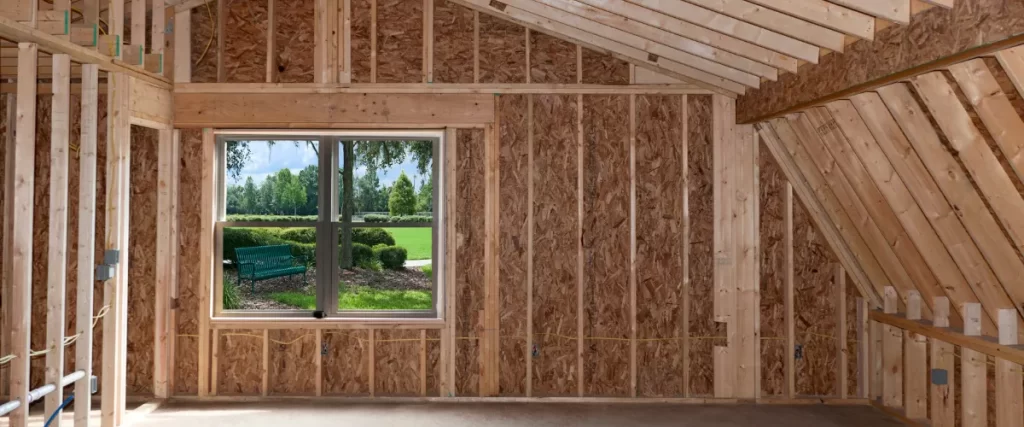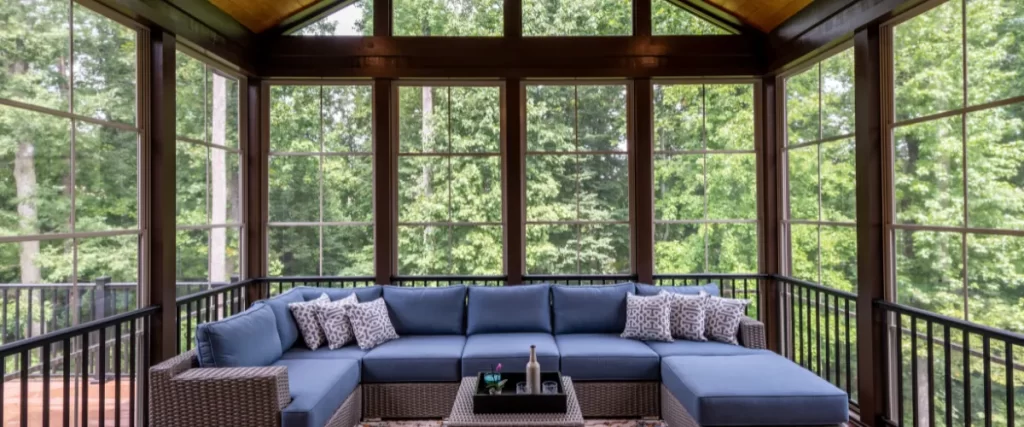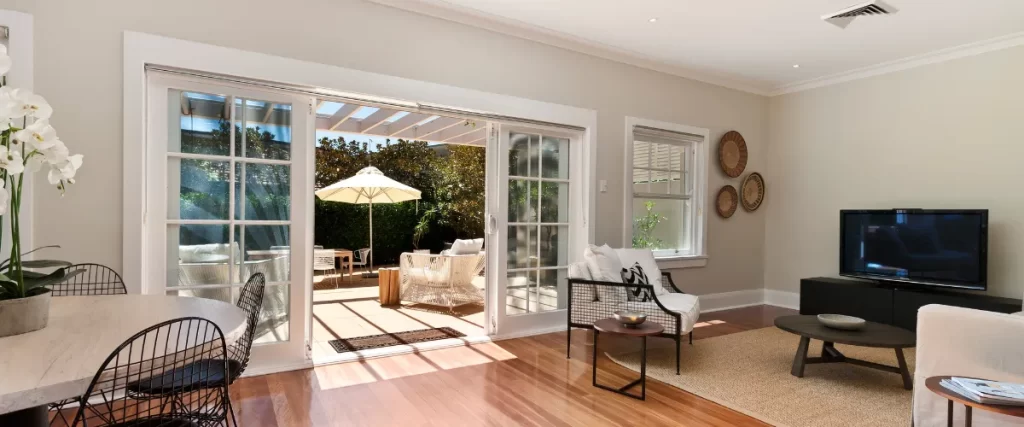Thinking about adding on to your home in Newark, DE? Maybe you’re dreaming of a larger kitchen, a sun-filled family room, or even that long-overdue in-law suite. But before you break ground, there’s one big question you absolutely have to ask: Is your home located in a floodplain?
In Newark—and much of New Castle County—more homes fall into FEMA-designated flood zones than you might think. From neighborhoods near the Christina River to lower-lying parts of Brookside, White Clay Creek, or even closer to the University of Delaware, floodplain regulations can throw a serious wrench into your home expansion plans if you’re not prepared.
So let’s talk about it. We’re going to break down exactly what Newark homeowners need to know about FEMA flood zones, local building codes, and what’s actually possible when it comes to building an addition in a floodplain. If you’ve got questions, this guide is here to give you real answers.

Why Floodplain Regulations Matter in Newark, DE
Here’s the thing: Newark isn’t oceanfront, but it’s definitely not immune to flooding. With multiple creeks, streams, and stormwater runoff routes running through the city, it’s become increasingly common for homeowners to find out their property lies in a Special Flood Hazard Area (SFHA)—especially after the new FEMA flood maps came out.
You might already know Newark’s had a history of localized flooding. Storms like Hurricane Ida in 2021 overwhelmed the drainage systems in parts of town and pushed water levels beyond what most residents expected. So FEMA and local officials take floodplain development seriously.
If you want to add square footage to your home in a flood zone, you’ll need to navigate both federal guidelines and local ordinances.
How to Check If Your Newark Property Is in a Floodplain
Before you go too far with design plans, make sure you know your flood zone designation. Here’s how:
- Visit FEMA’s Flood Map Service Center:
https://msc.fema.gov/portal/home
Enter your address and view your flood zone classification. - Check Newark’s GIS Portal or Call the Planning Department:
The City of Newark has local overlays and information that may not show up on FEMA maps. - Ask for a Flood Zone Determination:
This can come from your insurance company, lender, or a licensed surveyor.
If your property is in Zone AE, A, or VE, then you’re in a floodplain, and FEMA’s regulations apply.
Can You Build a Home Addition in a Newark Floodplain?
Yes—you can build an addition in a floodplain in Newark, but it won’t be as simple as drawing up plans and pulling a standard permit. You’ll have to follow strict FEMA rules and local floodplain development regulations.
Here’s what’s involved:
1. Meet Base Flood Elevation (BFE) Requirements
Your new addition must be built above the BFE, which is the elevation FEMA predicts water could rise to during a 100-year flood event.
- If your home’s foundation is below BFE, your addition needs to be elevated or use flood-resistant design.
- Crawlspaces and basements may be restricted or require special engineering solutions.
2. Follow the Substantial Improvement Rule
If your addition costs 50% or more of your home’s current market value, FEMA considers it a “substantial improvement.” This means your entire home must now be brought into compliance with modern floodplain construction standards—including elevating the structure if necessary.
This is often the most expensive (and overlooked) part of building in a flood zone.
3. Secure the Right Permits
In Newark, any project in a floodplain requires:
- A Floodplain Development Permit
- A Building Permit from the City of Newark
- An Elevation Certificate from a licensed surveyor or engineer
- Possibly, hydrologic studies or soil reports
You can learn more from the City of Newark’s Planning Department:
👉 https://newarkde.gov/
Local Challenges Newark Homeowners Face in Floodplain Construction
Newark’s mix of historic homes, sloped lots, and creeks like the White Clay and Christina can make floodplain development especially tricky. Here are some Newark-specific considerations:
- Older homes near campus (especially west of Main Street) often have shallow foundations and little flood protection.
- Stormwater runoff from nearby hills can change how FEMA’s zones behave in real-world flooding.
- Development limits in the floodway (the part of the floodplain with fast-moving water) are even stricter than other SFHA zones.
In other words, just because your lot barely touches a flood zone doesn’t mean you’re off the hook.
Workarounds for Building in Flood Zones
If you’re set on expanding your home in Newark, but your lot is in a floodplain, you still have options:
✅ Elevate Your Addition
Build on piers, columns, or raised foundations to meet BFE requirements. It’s more cost-effective than elevating your entire home.
✅ Build a Second Story
Going up instead of out avoids floodplain rules for ground-level construction.
✅ Use Flood-Resistant Materials
Things like concrete board, closed-cell insulation, and marine-grade finishes can help meet code and reduce flood damage.
✅ Opt for Detached Structures
Building a detached garage or office in a higher part of your lot may require fewer approvals.
✅ Add Flood Vents and Drainage
These features relieve hydrostatic pressure and are often required under FEMA rules for any enclosed space below BFE.

Who Regulates Floodplain Construction in Newark, DE?
You’ll be dealing with multiple layers of oversight when expanding your home in a flood zone:
- FEMA (Federal Emergency Management Agency) sets the baseline floodplain construction rules.
- The City of Newark’s Department of Planning and Development enforces local ordinances and building code.
- New Castle County, in some cases, may also weigh in—especially on stormwater management.
- The DNREC Floodplain Management Program oversees statewide floodplain policy:
https://dnrec.delaware.gov/watershed-stewardship/floodplain-management/
Best Building Product Manufacturers for Floodplain Home Additions
When building in a flood zone, you need products designed to resist water, humidity, and shifting soil conditions. These manufacturers offer materials that meet FEMA’s flood-resistant construction guidelines.
Leading Flood-Resistant Building System Providers for Home Additions
These companies specialize in high-performance systems that hold up in floodplain environments.
- Floodproofing.com – Offers FEMA-compliant flood barriers, flood vents, and waterproofing systems for homes in high-risk areas.
- Superior Walls – Precast concrete foundations designed for high-moisture environments and raised structures.
- SmartVent – Best known for engineered flood vents required under FEMA guidelines for enclosed lower-level spaces.
- USG Securock – Delivers flood-resistant wall boards, ideal for ground-level construction in flood-prone areas.
- Benjamin Obdyke – Manufactures weather barriers and moisture management systems that protect homes from long-term flood damage.
FAQs – Building in a Floodplain in Newark, DE
Can I build a garage addition in a flood zone in Newark?
Yes, but it must comply with elevation and flood venting rules. Detached garages may be easier to approve.
How much higher do I need to build above the floodplain?
You’ll need to build at least one foot above BFE, though Newark may require more in certain areas.
Does floodplain construction cost more?
Yes—elevated foundations, permits, and materials can add 20–50% to your project’s cost, depending on scope.
Will I need flood insurance if I build in a flood zone?
Yes. If you’re in an SFHA and have a mortgage, flood insurance is federally required.
Do FEMA rules apply if only part of my property is in a flood zone?
Yes. If any part of your structure touches a floodplain, FEMA and local rules come into play.

Final Thoughts: Plan Smart Before You Expand
If you’re planning to expand your home in Newark and your property is in a floodplain, the most important thing you can do is start planning early. Between FEMA rules, local building codes, and Newark’s own zoning overlays, it’s not a project to wing—or wait on until permits are denied.
But here’s the good news: with the right planning, materials, and help from professionals who understand floodplain construction, you can build a safe, beautiful, code-compliant addition that works for your family.
Want help understanding your flood zone and what’s possible for your home? Contact us at (302) 437-5799, and we’ll help you with your home additions project—no pressure, just solid advice from people who know Newark.
